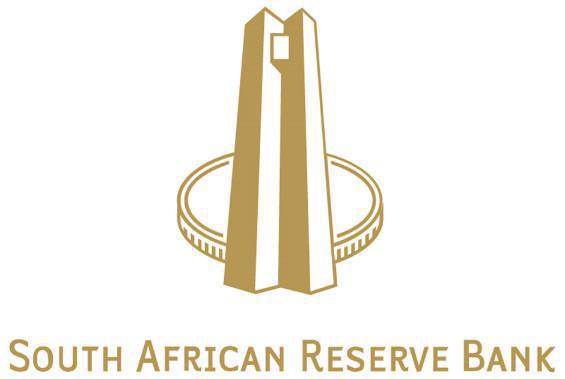High inflation and weak economic growth continue to shape global conditions alongside monetary and fiscal policy responses. Russia’s war in the Ukraine drags on, impairing trade and raising prices of a wide range of energy, food and other commodities. Growth in the United States is set to weaken, and remains low in China. Although energy constraints have eased somewhat in the Euro Area, recession risk is high. Additionally, a number of developing economies face debt distress, exacerbated by tighter global financial conditions.
Policy normalisation has accelerated, and monetary conditions are likely to tighten further to ensure inflation declines from its current high rates. With long-term borrowing costs high and fiscal positions extended, there is less policy space available for major counter-cyclical efforts to increase economic growth. In several economies, including South Africa, ongoing consolidation of fiscal positions will support disinflation. Asset values in major markets have also declined sharply, and investor appetite for riskier assets remains weak.
Taking these and other factors into account, the SARB’s forecast for global growth in 2023 is revised lower to 1.9% (from 2.0%).2 The International Monetary Fund’s (IMF) October’s forecast for global growth is 3.2% in 2022 and 2.7% in 2023.
The South African economy is expected to grow by 1.8% (from 1.9%) this year. Despite considerable volatility in monthly indicators, GDP growth of 0.4% is still expected in the third quarter. Fourth quarter growth is forecast to be only 0.1%, largely due to record load-shedding.
The economic outlook for South Africa remains pessimistic. Why not consult us for professional advice to assist with financial modeling to assess the impact of a low growth environment will be on your business.

